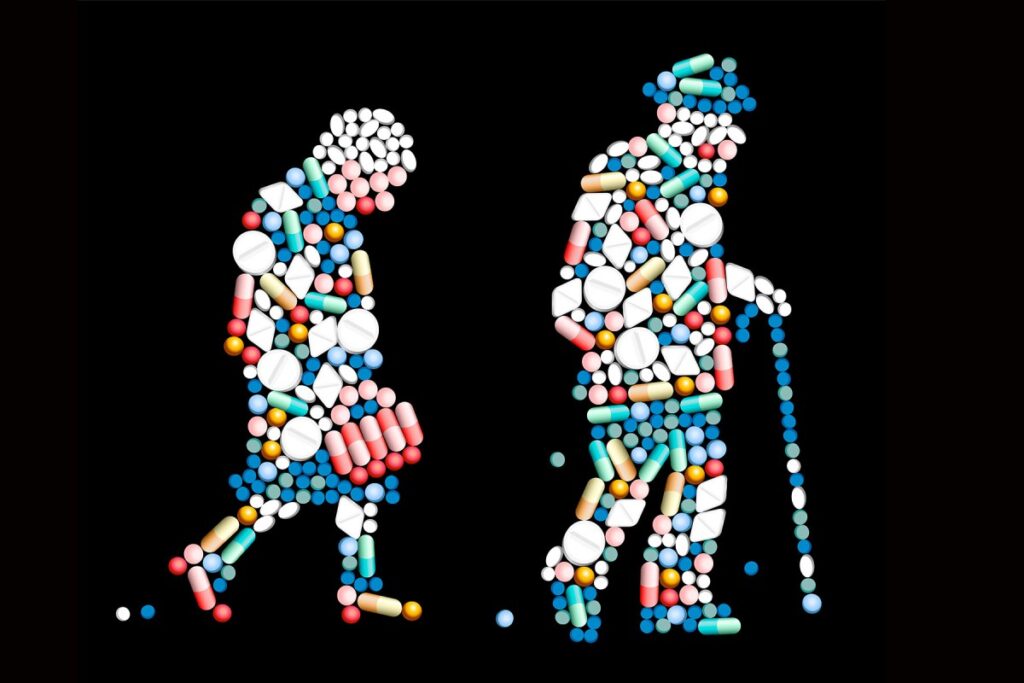A new study shows a large number — nearly 15 percent — of Medicare patients receive their first prescription for opioids within a week of being discharged from the hospital.
The study published on June 13 by JAMA Internal Medicine is one of the first to quantify the rate of new opioid prescription amid growing national concern about the use of addictive painkillers.
An estimated 1.9 million Americans aged 12 and older are addicted to painkillers, according to the U.S. Department of Health and Human Services. The United States hit a record high 19,000 deaths due to opioid overdoses in 2014, the most recent year reported. Awareness of the trend has heightened since authorities determined that the musician Prince died of an opioid overdose.
According to the new study, many of the Medicare patients — 43 percent — were still taking opioids three months after their discharge. Most of these patients were 65 and older, and had undergone surgeries for issues in areas such as the liver, pancreas, digestive tract, female reproductive system and for burns.
“Opioid use — and abuse — has reached epidemic proportions in the United States — even among the elderly,” said Dana Goldman, a study co-author and director of the USC Schaeffer Center for Health Policy and Economics. “If we are going to do something to combat this alarming trend, we first need to understand the clinical context in which patients are gaining access to painkillers.”
The researchers acknowledged it was unclear whether the painkiller prescriptions were necessary to help patients.
Influential Factors
The rate of prescriptions varied among the hospitals, most of them discharging 10 percent to 20 percent of patients with a new opioid prescription. Prescription opioid-based painkillers include Buprenorphine, hydrocodone, fentanyl, morphine, methadone and oxycodone.
The researchers found an interesting association in the data. Hospitals that received the best ratings for managing patient pain had “modestly higher rates of post-discharge opioid use,” the researchers wrote. However, other factors may influence the prescription rates.
“If we are going to do something to combat this trend, we need to dig more deeply into hospital practices,” said Goldman, a distinguished professor at the USC Price School of Public Policy and the USC School of Pharmacy. “Traditional regulatory policies that focus on access at pharmacies are likely not enough.”
The study was based on a random sample of Medicare beneficiaries hospitalized in 2011. Researchers examined data from 623,957 hospitalizations, of which 92,882 involved a new opioid prescription within seven days of a patient’s discharge. The data set included 2,512 hospitals.
Some limitations to the study merit further investigation, the researchers wrote. For instance, they do not know whether any of the hospitals with higher adjusted rates of opioid prescription reported a larger number of adverse events — such as drug interactions or overdoses — from the new opioid prescriptions.
Seeking Solutions
USC researchers across disciplines, from policy and social work to pharmacy and medicine, are studying the rise in opioid abuse. Schaeffer Center researchers are working to identify evidence-based policy solutions to curb addiction and better manage pain.
The cost burden the epidemic poses on the health care system is a looming concern, as federal officials announced this week that Medicare Part D spending on opioids topped $4 billion last year.
Health officials have encouraged reductions in opioid prescriptions, but as a foreseeable consequence, some abusers denied additional prescriptions have turned to heroin to maintain their addiction. Goldman urged caution in implementing solutions.
“Knee-jerk approaches to limit access in the wake of high-profile cases like Prince’s death could do more harm than good,” Goldman said. “The right answer might be as simple as requiring clinical teams to monitor pain post-discharge, but we don’t know the answer just yet.”
The study’s lead author was Anupam Jena of Harvard Medical School. Pinar Karaca-Mandic of the University of Minnesota was a co-author. The study was funded by grants from the National Institutes of Health, the National Institute on Aging and the University of Minnesota Academic Health Center.
